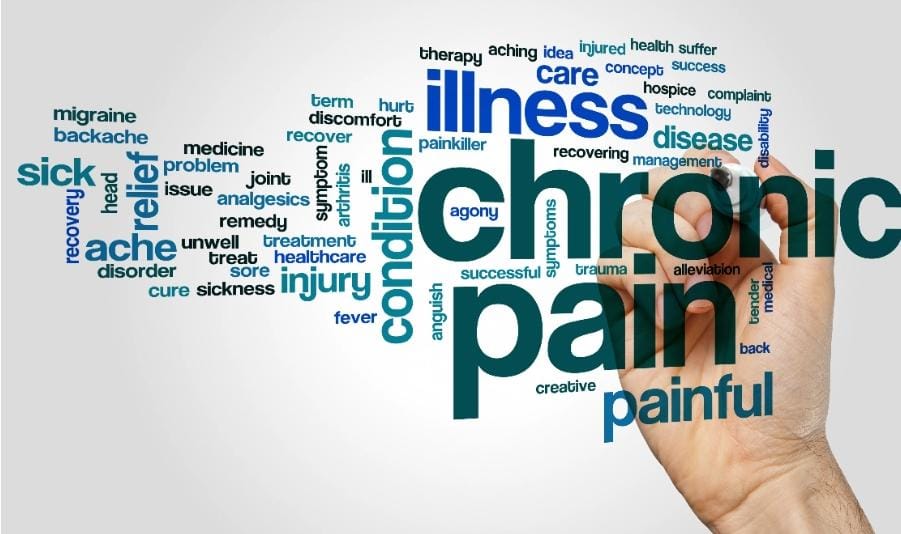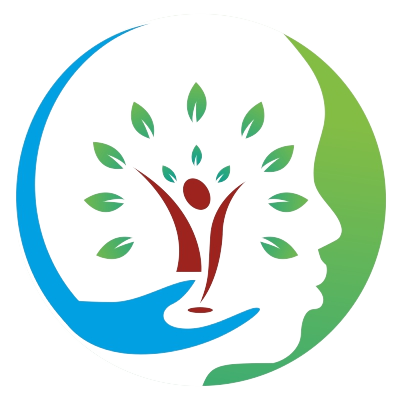
Contact Us
Online Appointments
- No exposure from potent chemicals.
- No withdrawal symptoms
- High efficacy rate
- Individualistic prescribing.
- Minimum dose.
- Rapid, gentle and permanent cure of disease.
- Holistic approach
- Painless process of treatment
- Availability of thousands of fully proved medicines on healthy human beings
- Economic medicines
Pain Management
Pain is an unpleasant sensory and emotional experience associated with potential or actual tissue damage. Pain is usually transitory, lasting only until the noxious stimulus is removed or the underlying damage or pathology has healed, but some painful conditions, such as rheumatoid arthritis, peripheral neuropathy, cancer and idiopathic pain, may persist for years. Pain that lasts a long time is called chronic, and pain that resolves quickly is called acute.
Pain-Relaying Pathways and Mechanisms
The pain relay pathways involve three sets of neurons.
Common Pain Disorders
Headache –
Three common benign headache conditions are discussed briefly below
-
Tension Headache –
Tension headache is very common, affecting as many as 70% of men and 85% of women annually. Tension headache can also occur among persons with migraine headaches often confounding diagnostic features but is not any more prevalent among persons with migraine headaches. Classically, the features of tension headache involve a pressing and tightening quality that is bilateral and often described as band-like or surrounding the head
2. Migraine Headache
Migraine headache occurs less frequently than a tension headache, affecting approximately 6% of men and 15%–18% of women. Hormonal influences might account for these gender differences, because the rates of migraine among prepubescent boys and girls are equal. Classically, a migraine headache can last approximately 4–72 hours. Generally, these headaches are unilateral, with a pulsating quality. The intensity of migraine headache is moderate to severe (i.e., inhibits and prohibits activities). Migraine headache is often aggravated by routine activities (e.g., walking, climbing stairs). It is often accompanied by photophobia (aversion to light) or phonophobia (aversion to sound), nausea, and vomiting.
3. Cluster Headache
Cluster headache is significantly less common than either tension headache or migraine headache. Gender is a factor in cluster headache, with a marked prevalence among males. Cluster headache begins in one’s 30s or 40s. The pain occurs in a series of attacks spanning weeks to months, with pain-free intervals of months to years. During the active period, headaches can occur daily or every other day. Typically, the pain is unilateral, located in the ocular, frontal, and/or temporal areas. The headache can last anywhere from 30 minutes to 2 hours, and the pain can be severe and excruciating, often arising 2–3 hours after retiring or resulting in early morning awakening. Associated features include conjunctival injection, lacrimation, stuffiness of the nose on the affected side, rhinorrhoea, and ipsilateral ptosis and miosis (short slightness).
Back Pain
Back pain has become one of the most common, and simultaneously one of the most elusive, chronic pain disorders. In 60% of back pain patients, there is often no direct relationship between physical findings discovered on physical examination or diagnostic testing and the patient’s perceived level of pain, disability, and psychological distress. Patients whose back pain appears disproportionate to the level of pathology noted on the examination have a marked propensity toward depression and maladaptive cognitive patterns compared with those with clear pathology for their pain. Such patients are particularly prone to catastrophizing as a maladaptive cognitive approach.
Non Articular Pain Disorders:
Myofascial Pain –
Myofascial pain refers to a syndrome in which the patient complains of pain in nonarticular regions of the body that originates from muscle and is precipitated by muscle trigger points. The nature of the pain can simulate other disorders (e.g., trigger points in trapezius and cervical muscles can produce headache pain, and those in the paravertebral muscles can produce low back pain). Identification of trigger points is essential in diagnosing myofascial pain. Trigger points are taut bands, palpable in muscles, that are approximately 1 cm or more across and that can roll beneath or between the fingers. Taut bands of this kind can be present both in symptomatic pain–generating muscles and in non-painful muscles. The bands are tender, producing severe radiating pain on palpation.
Fibromyalgia-
Fibromyalgia, by contrast, requires the presence of multiple tender points for diagnosis. These points are located on both sides of the body, above and below the waist. Failure to meet the requisite number and distribution of tender points required for fibromyalgia leads to a diagnosis of myofascial pain syndrome. Controversy surrounds the diagnosis of fibromyalgia. Other features associated with this are – Pain, Fatigue, Disordered sleep, Cognitive dysfunction, Dizziness Psychological distress, Restless legs syndrome, Irritable bowel syndrome, Irritable bladder, Cold intolerance, Neurally mediated hypotension.
Osteoarthritis and Rheumatoid Arthritis-
Osteoarthritis (degenerative joint disease) is the most common form of arthritis and is the most prevalent articular disease affecting elderly persons. The condition results from the destruction of joint cartilage by chondrocytes and affects multiple joints, including the distal interphalangeal joints, the proximal interphalangeal joints, spine, hip, and knees, but rarely wrist, shoulder, or metacarpal-phalangeal joints. Weight-bearing joints are most apt to be affected Pain severity among patients with arthritis was found to be correlated with the presence of depression higher among those who were depressed, compared with non-depressed patients or those with only a remote history of depression. Pain severity has also been associated with other unpleasant emotional states, such as anger and anxiety. In addition, functional impairments and perceived disability associated with arthritic conditions are likewise related to these emotional states.
Neuropathic Pain
Neuropathic pain is often confusing, in part because the causes of neuropathic pain are often unclear. In addition, treatment of neuropathic pain can be difficult, and the pain can progress to the point of causing complete disability. Neuropathic pain is associated with features of unusual sensations in an area of the body that intensifies over the course of the day and over time. Typically, patients describe the pain as constant burning or electric in quality in a body area that was previously injured but that demonstrates no ongoing damage.
Phantom Limb Pain
After amputation, it is common for patients to experience sensations of the removed limb, just as though it were present (phantom sensations). Psychological correlates of persons experiencing phantom limb pain are lacking. However, some data tend to suggest that among those experiencing this form of pain, there is a tendency to be rigid, inflexible, and self-reliant; to suppress emotions (thus depriving one of the propensity to grieve the lost limb), and to cope by using denial as a primary defense.
Cancer and HIV
Pain complicates the clinical picture of approximately 50% of patients with metastatic cancer. The nature of the pain’s location, intensity, radiation, quality, and other characteristics may vary depending on the type of cancer, its progression, and the treatment measures undertaken to treat it. Common psychiatric comorbidity includes adjustment disorders, depression, anxiety, and delirium.
PSYCHOLOGICAL MANAGEMENT:
Given that pain is a multidimensional construct, a number of psychotherapeutic and adjunctive techniques may be employed to address the biological, psychological, and social features associated with and contributing to pain.
Behavior Therapy
The goal of behavior therapy is to mitigate excessive problematic pain-associated behaviors (e.g., excessive medication usage, limping) and increase those adaptive behaviors occurring infrequently or not at all (e.g., walking, exercise, self-care, work). The therapy was highly structured by the therapist and treating staff. In outpatient settings, however, behavior therapy is obviously less well controlled. The assistance of others is needed to ensure that environmental contingencies are systematically applied at home or in other relevant settings.
Cognitive-Behavioral Therapy
CBT addresses the correction of distorted thinking processes and the development of strategies (coping) with which to deal effectively with pain, its effects, and psychosocial stressors. CBT has been applied to a number of different chronic pain problems, including low back pain, headache, fibromyalgia, osteoarthritis, rheumatoid arthritis, and temporomandibular joint disorders


